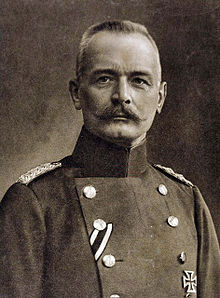Friends, a May 9 thread about the scale of Soviet losses in World War Two.
You cannot understand why Victory Day is the most significant secular holiday in Russia without getting a sense of just how much the Soviet Union lost in the Nazi-Soviet War. (1/N)
You cannot understand why Victory Day is the most significant secular holiday in Russia without getting a sense of just how much the Soviet Union lost in the Nazi-Soviet War. (1/N)
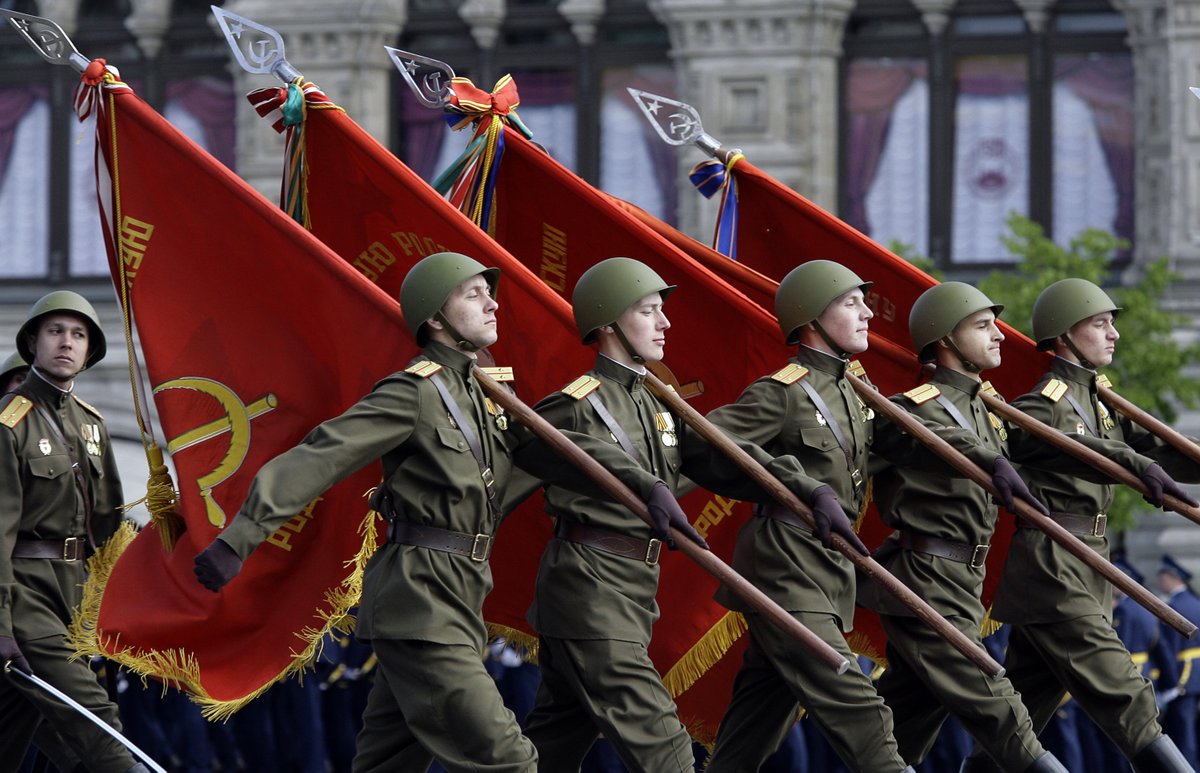
The Nazi-Soviet War was the single largest land war ever fought. My great grandfather served in the American army and was a lieutenant on Omaha Beach, so I would never minimize the bravery of Americans in this war. However, the focal point of the war was the east. (2/N)
Roughly 80% of Nazi Germany's casualties were suffered in the clash with the Red Army. The Soviet Union was where the Wehrmacht was attrited and eventually destroyed. This was an enormous, world-historical feat by the Soviet people, but it came at a horrific cost. (3/N) 

The Red Army defeated the Wehrmacht in two phases of war. In the first phase, Germany had operational initiative and the USSR waged a desperate defense. In the second phase, the Red Army went on the offensive and destroyed the atrophied Wehrmacht. (4/N) 

During the defensive phase, the hinge factor was the USSR's ability to mobilize huge numbers of trained reservists and deploy fresh units. Between June and December 1941, the Soviets mobilized 14 million reservists - 5 million just by the end of June. (5/N) 
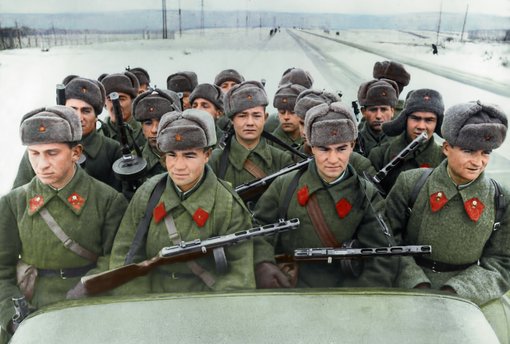
German intelligence estimated that the Red Army could raise and deploy 40 fresh divisions in response to Barbarossa. The actual number? About 800. One of the great intelligence misfires of all time. This is why Germany lost. (6/N) 
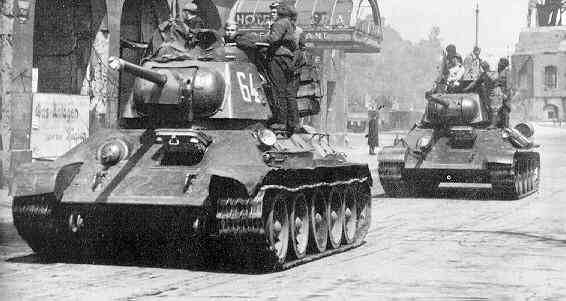
It is difficult to get our minds around the scale of this war. By the war's end, approximately 35 million men had served in the Red Army in some capacity. Battlefield casualties were correspondingly horrific. (7/N) 
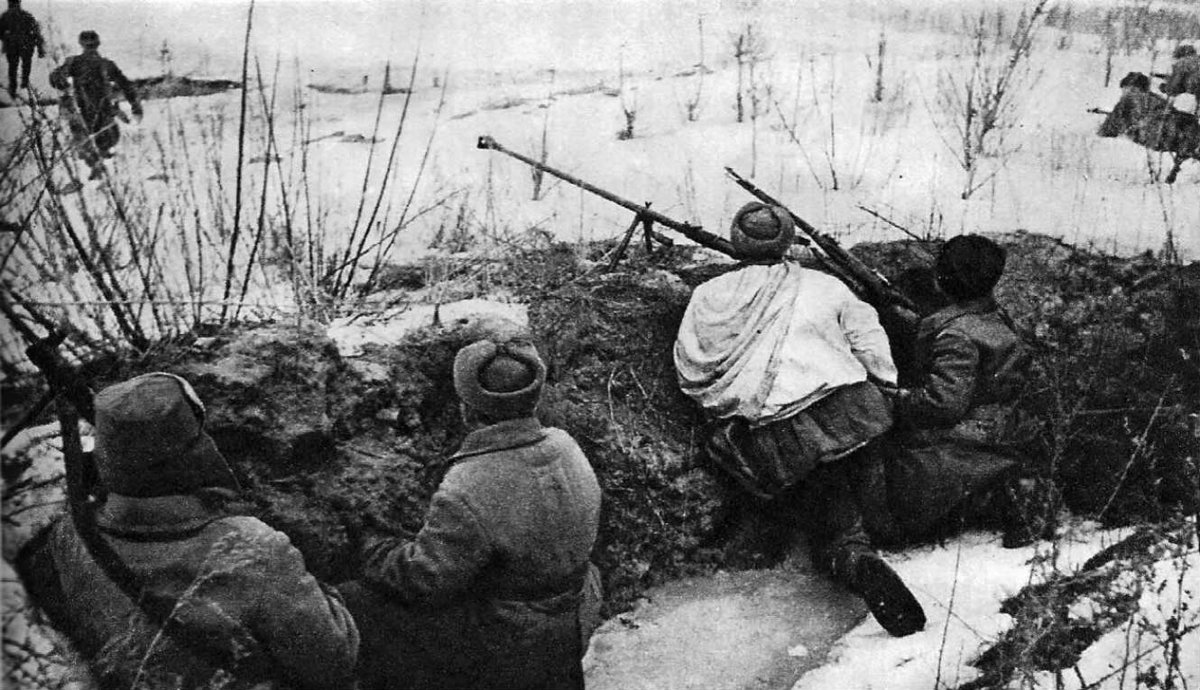
Getting a precise number of Red Army casualties is impossible, but the best estimates are that the Soviets lost something like 10 million men killed or missing, including 3 million who were deliberately starved in POW camps. In addition, some 18 million were wounded. (8/N) 

Civilian casualties were even more significant. The Germans waged a brutal, animalistic war. Soviet Jews were shot into open air pits. 1 million people starved to death in Leningrad. In all, around 15 million Soviet civilians were killed. (9/N) 
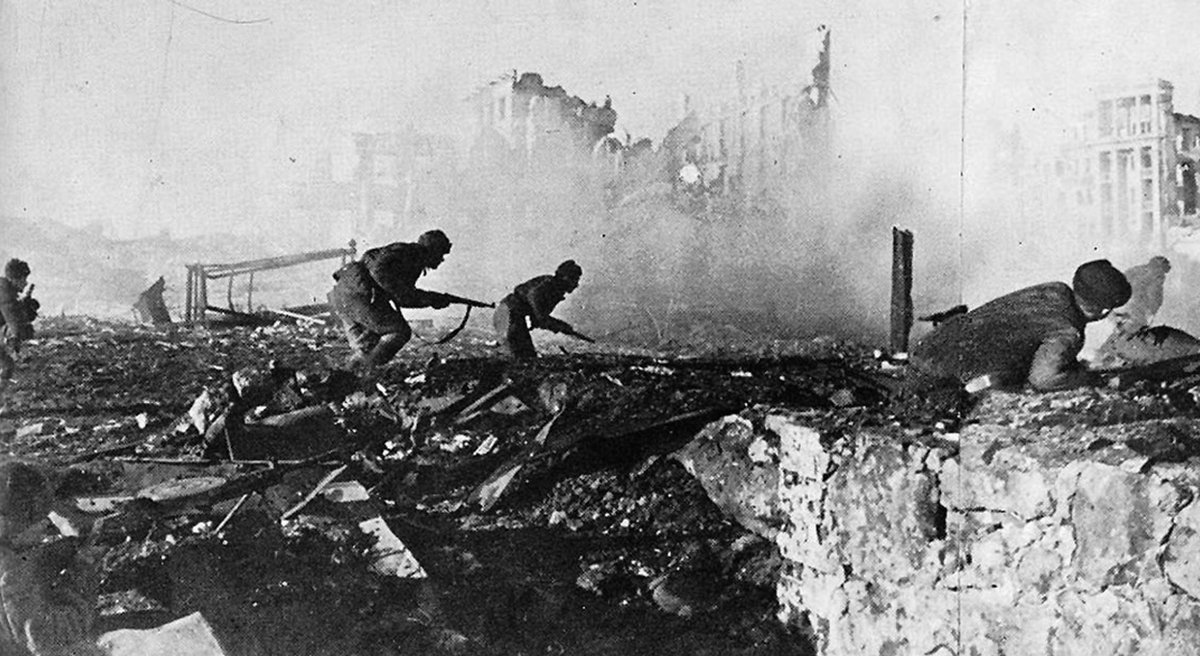
When Red Army combat deaths are added to the civilian death toll, we get total Soviet losses of about 25 million people. The USSR's prewar population was 200 million.
One in eight Soviet citizens was killed in a four year span. (10/N)
One in eight Soviet citizens was killed in a four year span. (10/N)
The physical destruction of the country was similarly cataclysmic. About 1,700 towns and cities were completely destroyed, to go with 70,000 villages (that number is not a typo). Major cities that fell under German occupation were devastated. (11/N) 

In Minsk, for example, 80% of the city's buildings were completely destroyed by the end of the war. Only 19 out of 332 major factories in the city survived. By one famous estimate, the war destroyed one third of the Soviet Union's wealth. (12/N) 
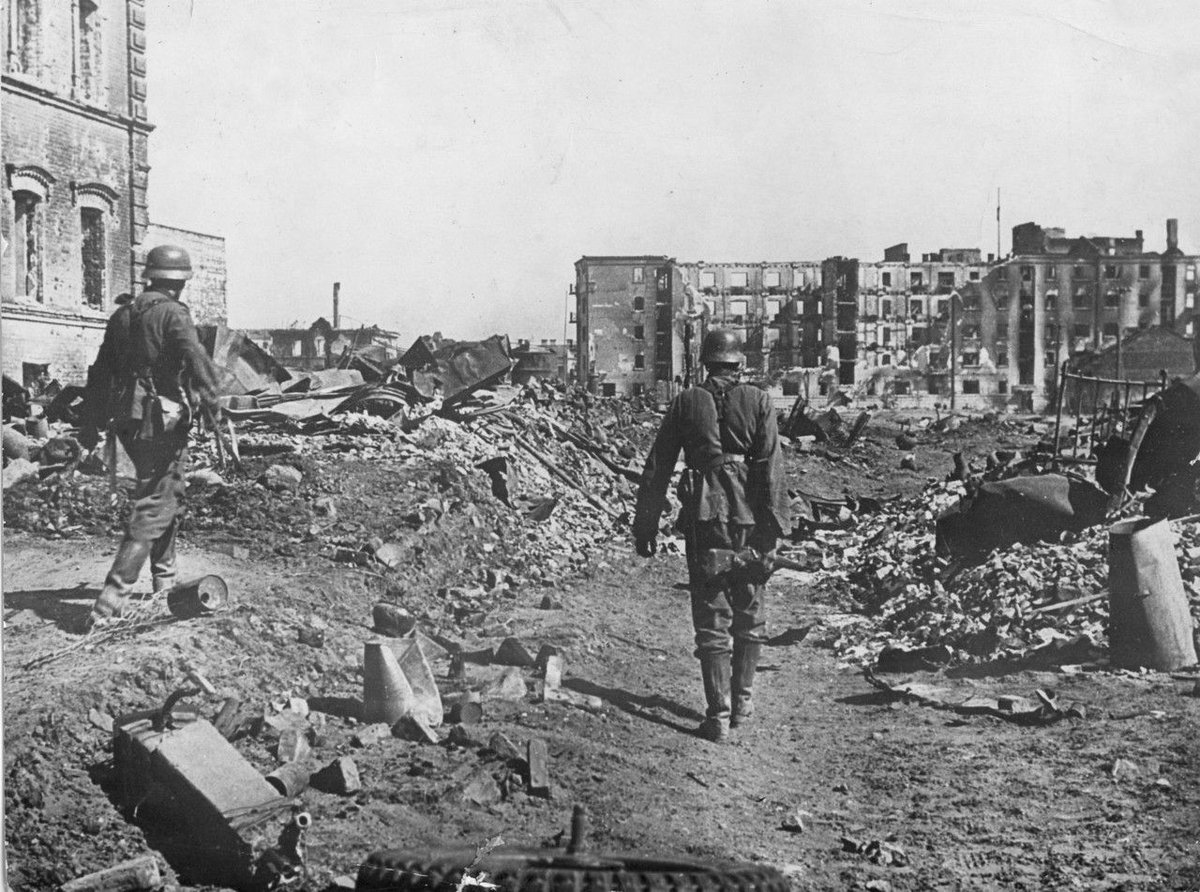
It is obvious why the Great Patriotic War is now a focal point of Russian national consciousness. It was quite literally the greatest tragedy ever to befall the nation, while also being the greatest triumph. A duality of victory and devastation. (13/N) 
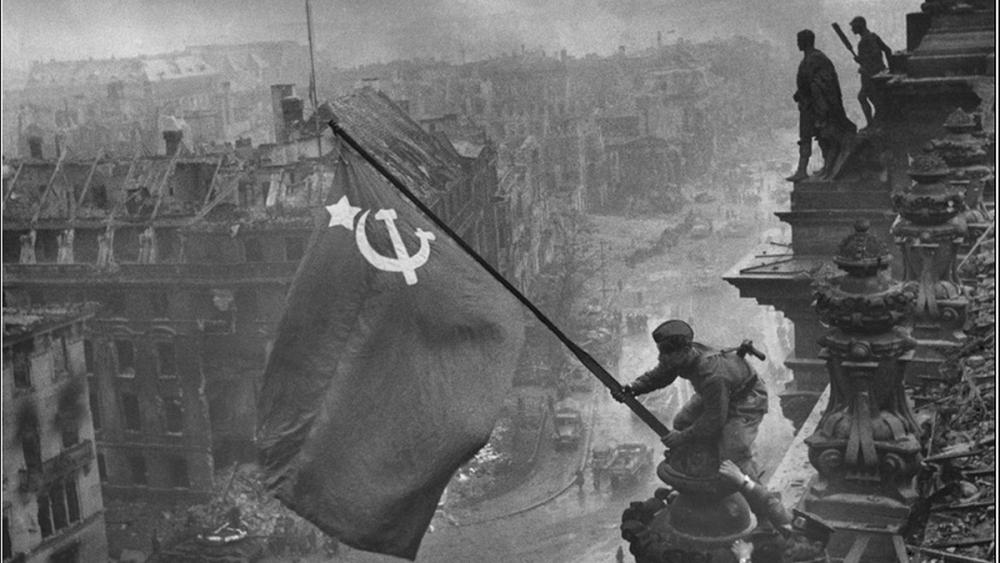
With so much death, dislocation, and physical devastation, this war touched every single Soviet citizen in some way. It was a universal phenomenon; nobody was remote from conflict. Everybody lost a son, a brother, a father, an uncle, a cousin, a friend, a home. (14/N) 
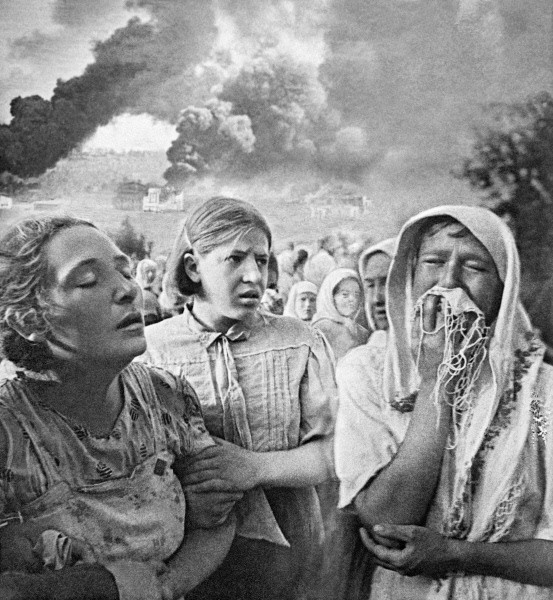
The Russian people cannot and will not forget this. The Soviet people achieved the iconic victory of the ages: the deflection and then the destruction of the Nazi war machine. But it cost them oceans of blood. (15/N) 
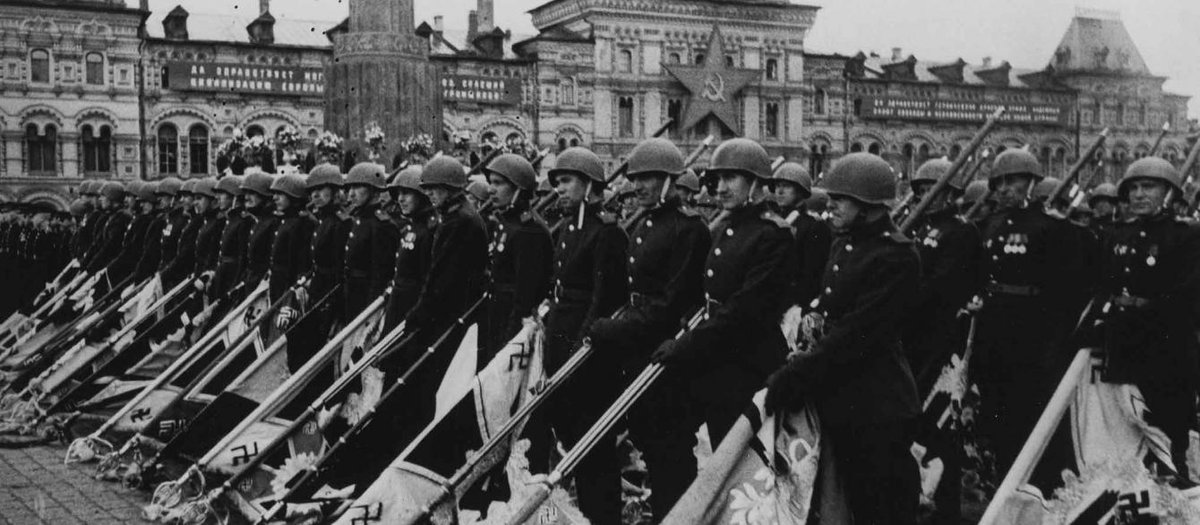
Coda: “The German invaders want a war of extermination against the peoples of the Soviet Union. Very well then! If they want a war of extermination they shall have it!”
~ Stalin, November 7, 1941
~ Stalin, November 7, 1941

• • •
Missing some Tweet in this thread? You can try to
force a refresh







